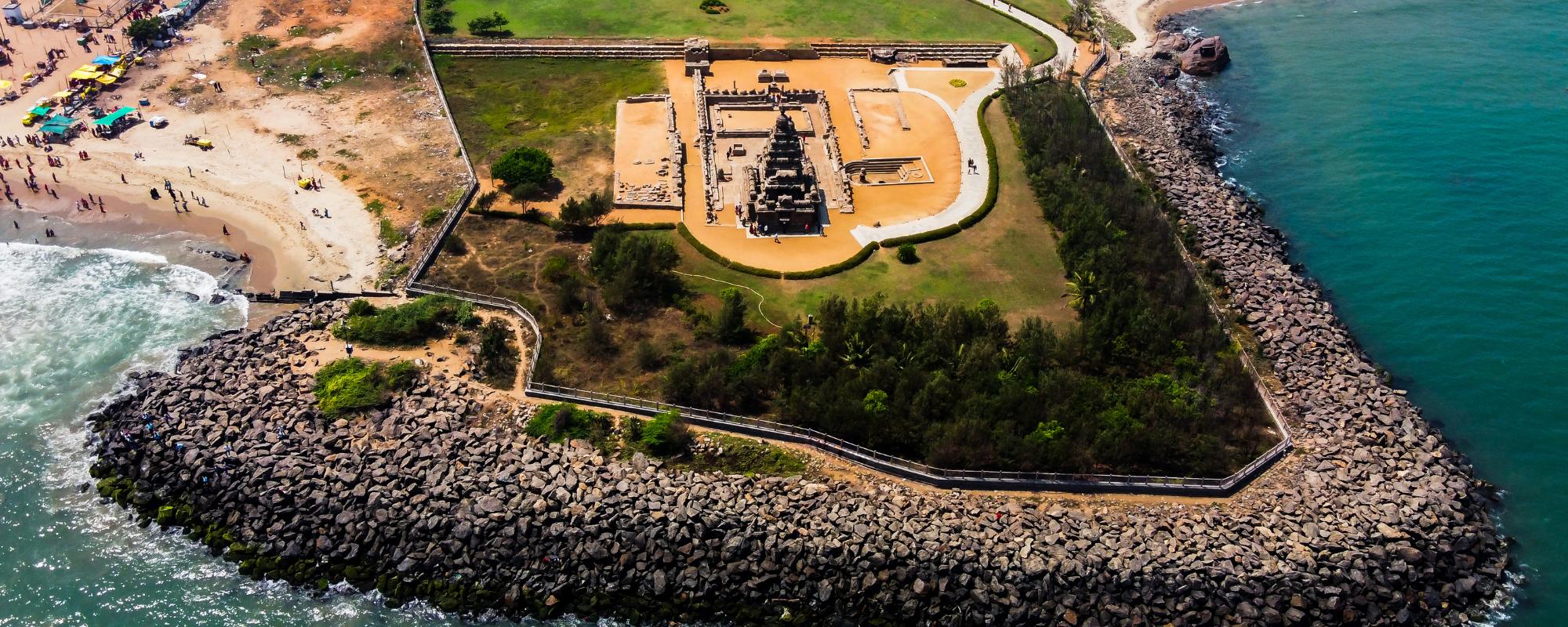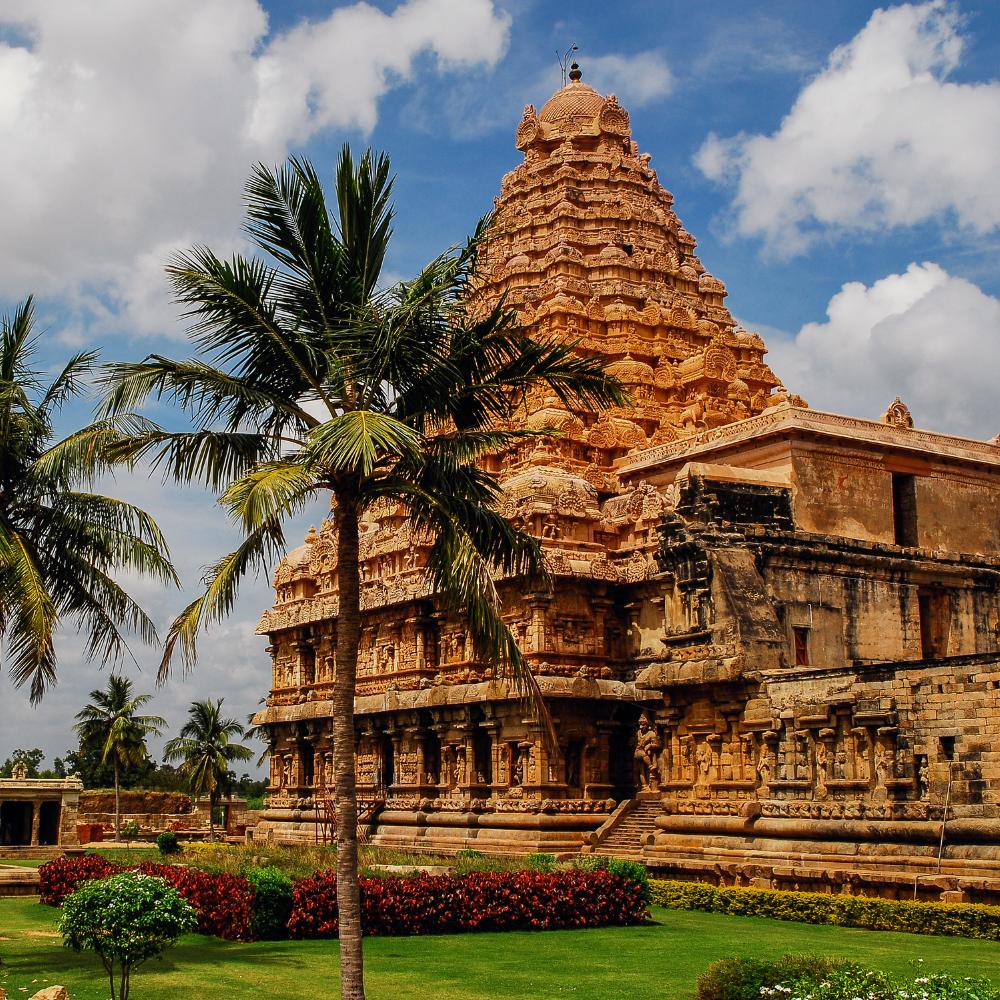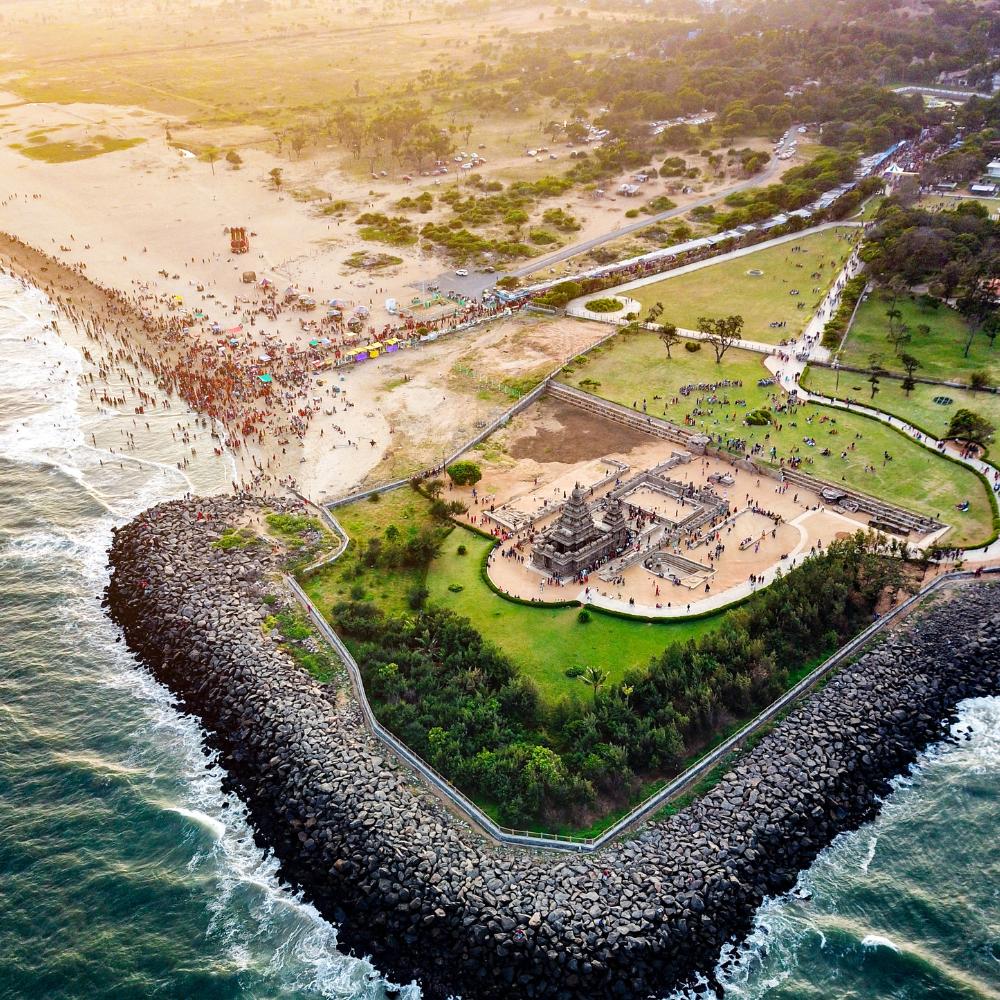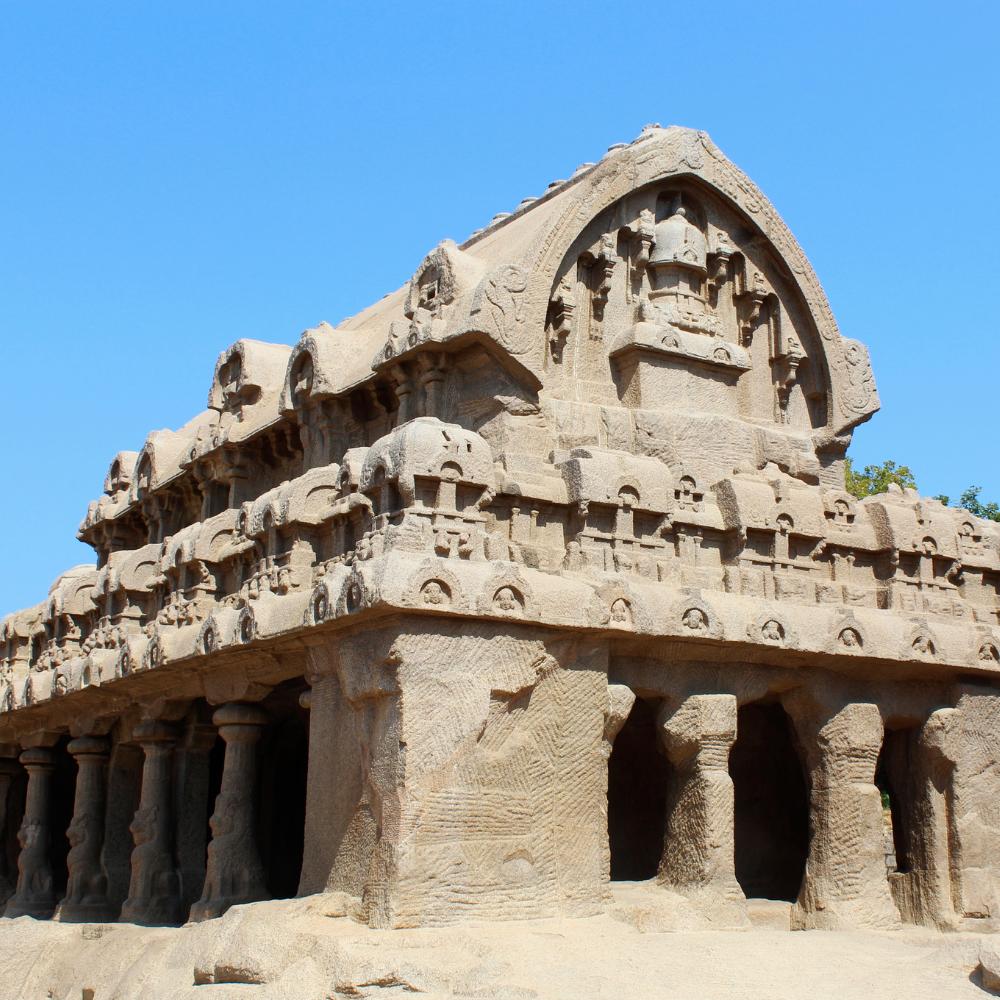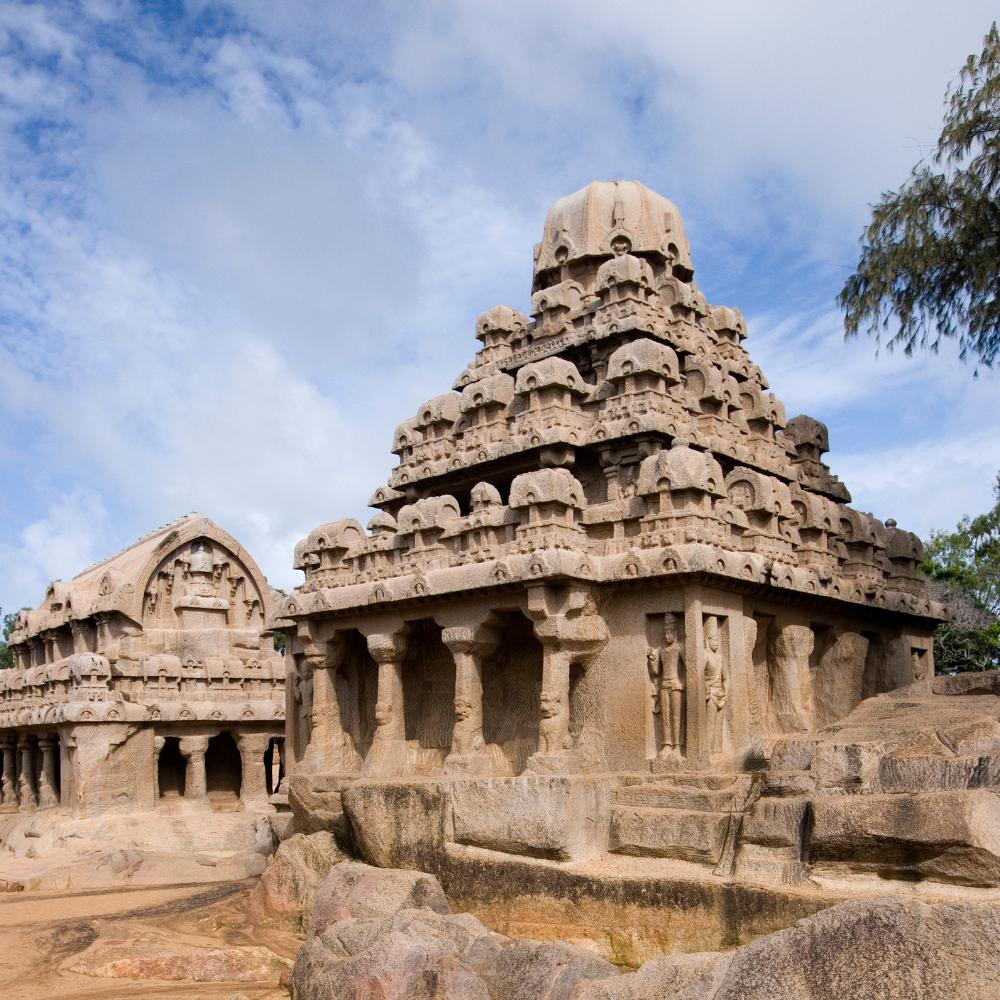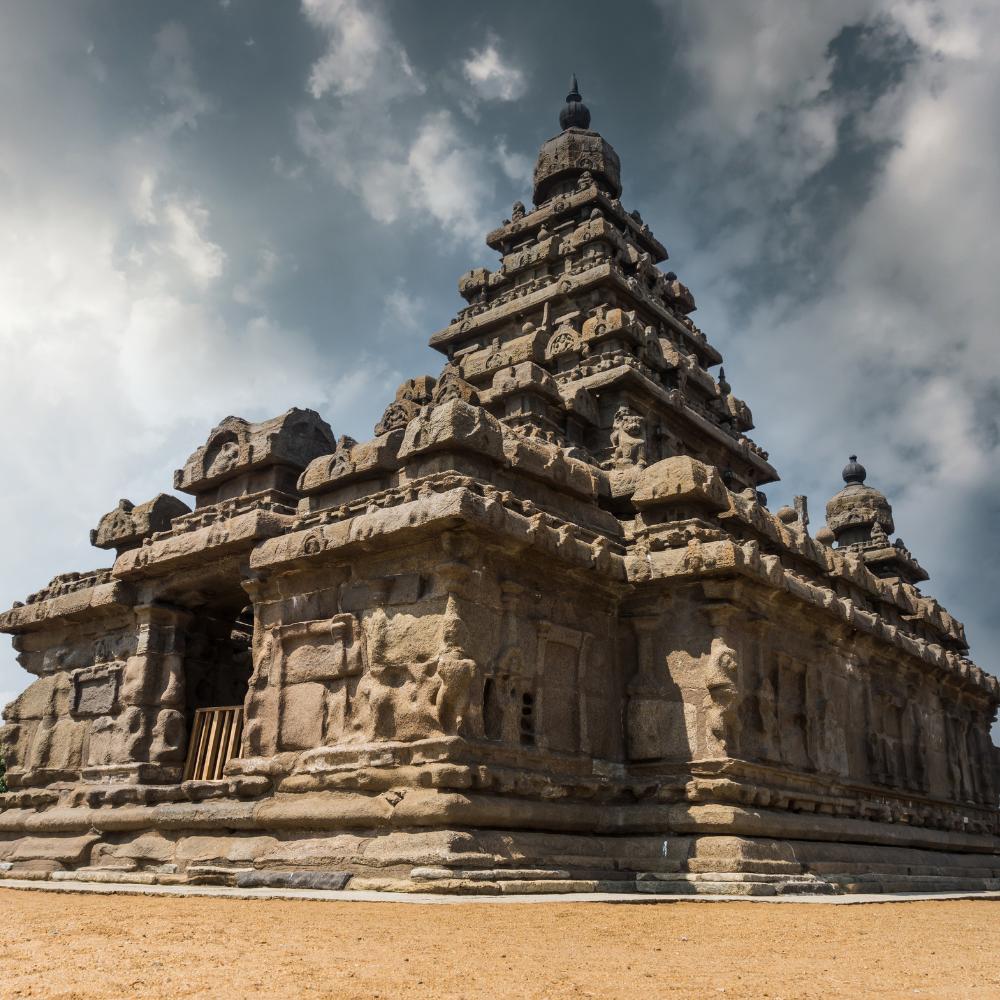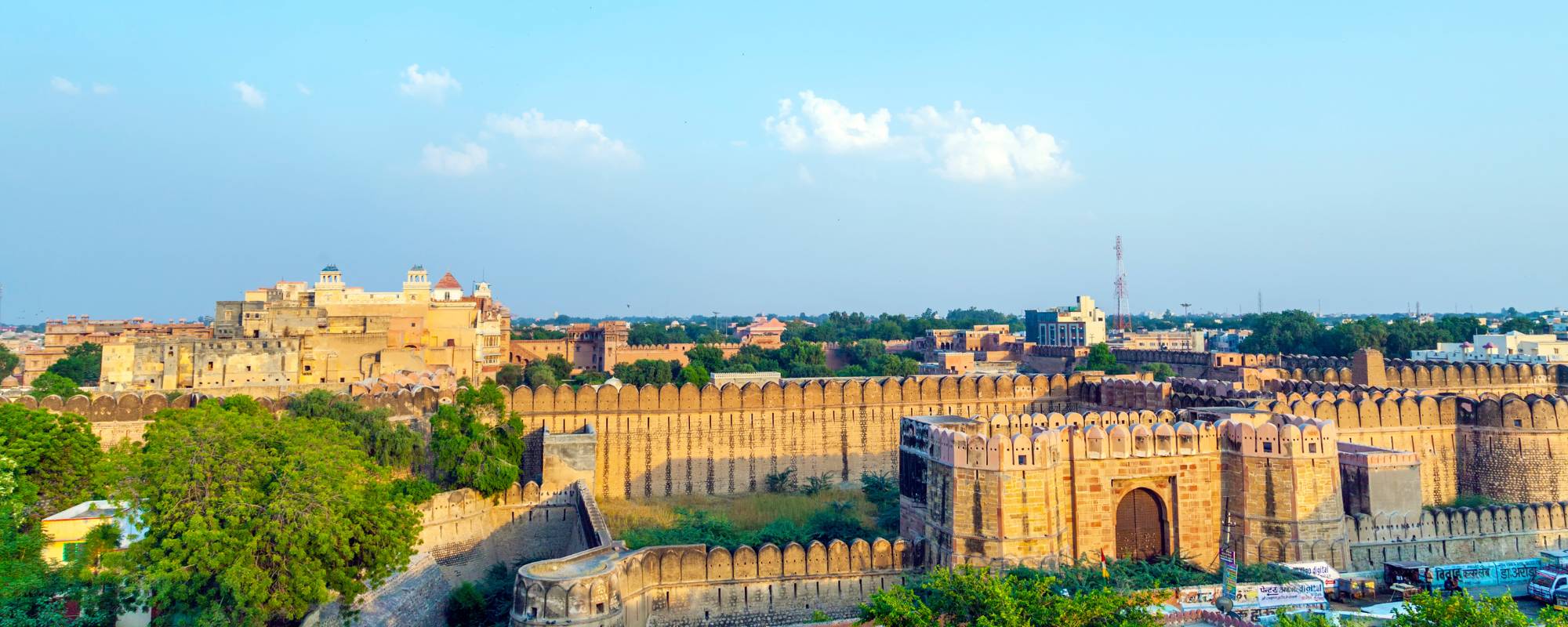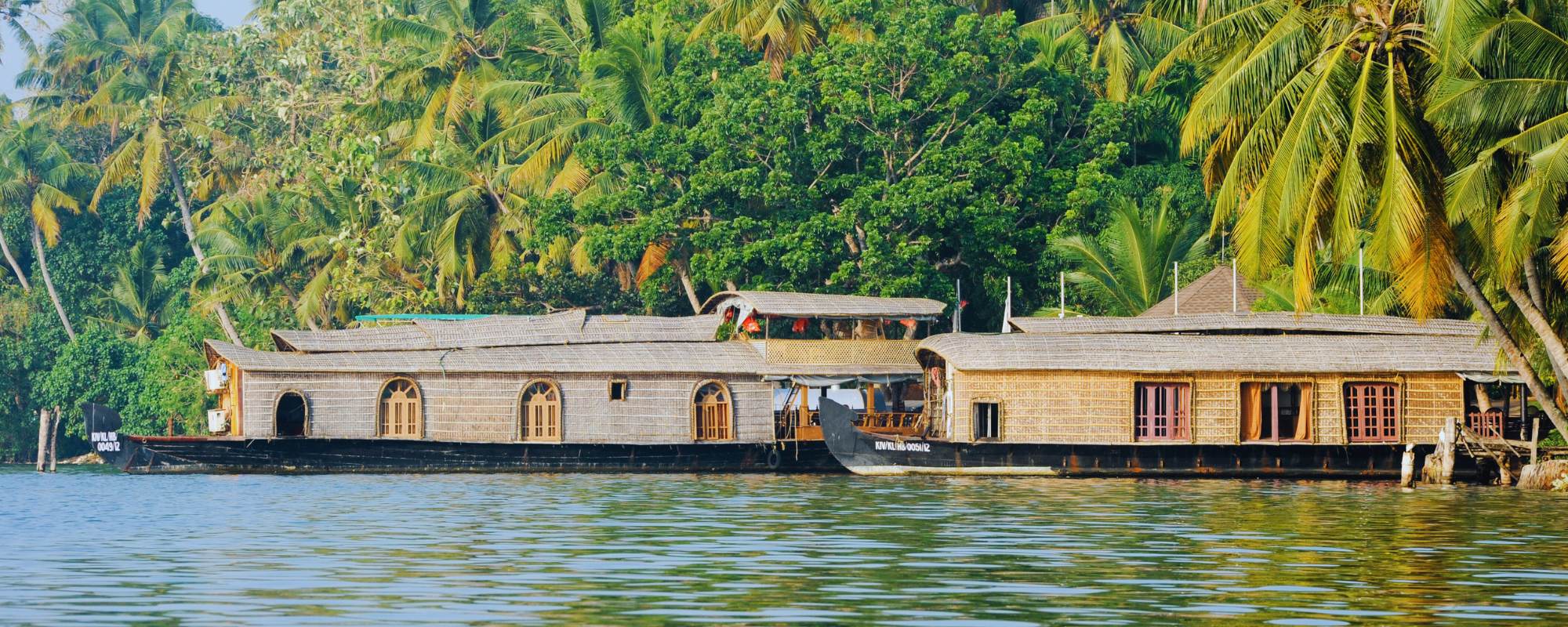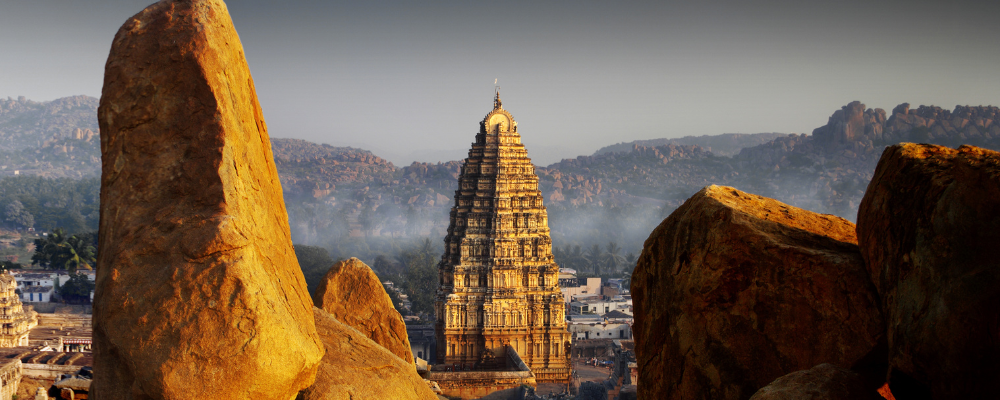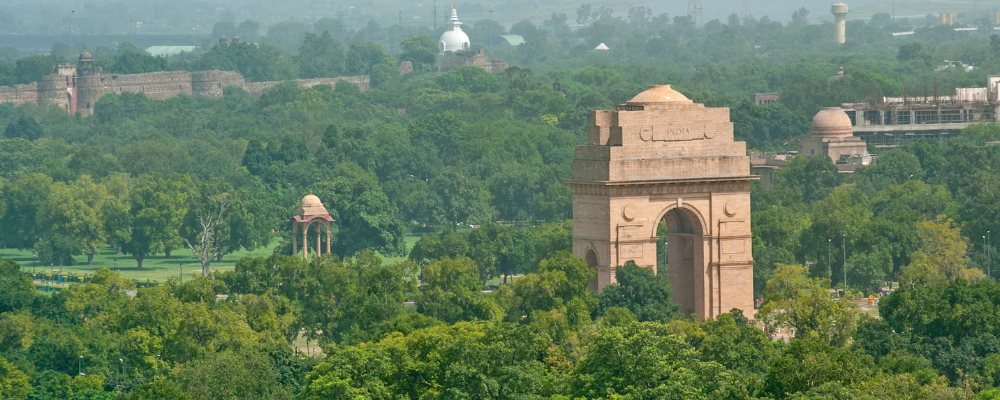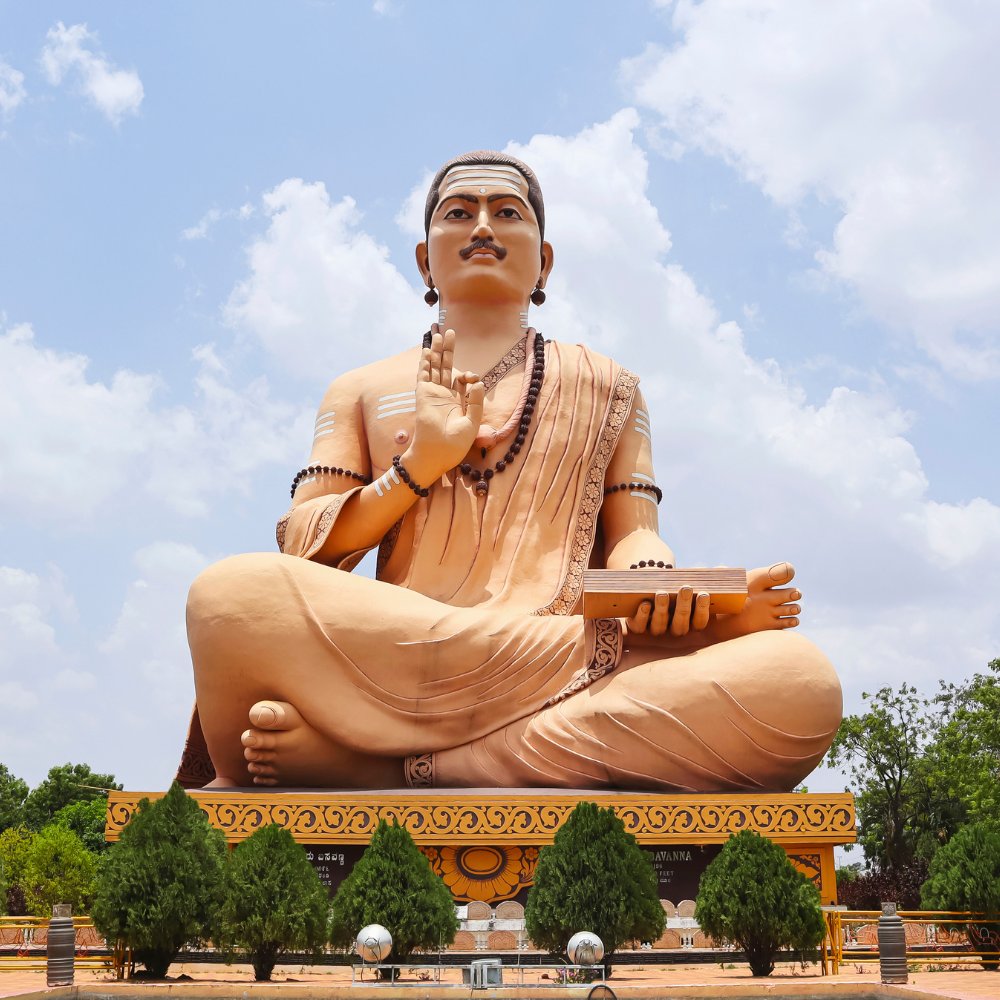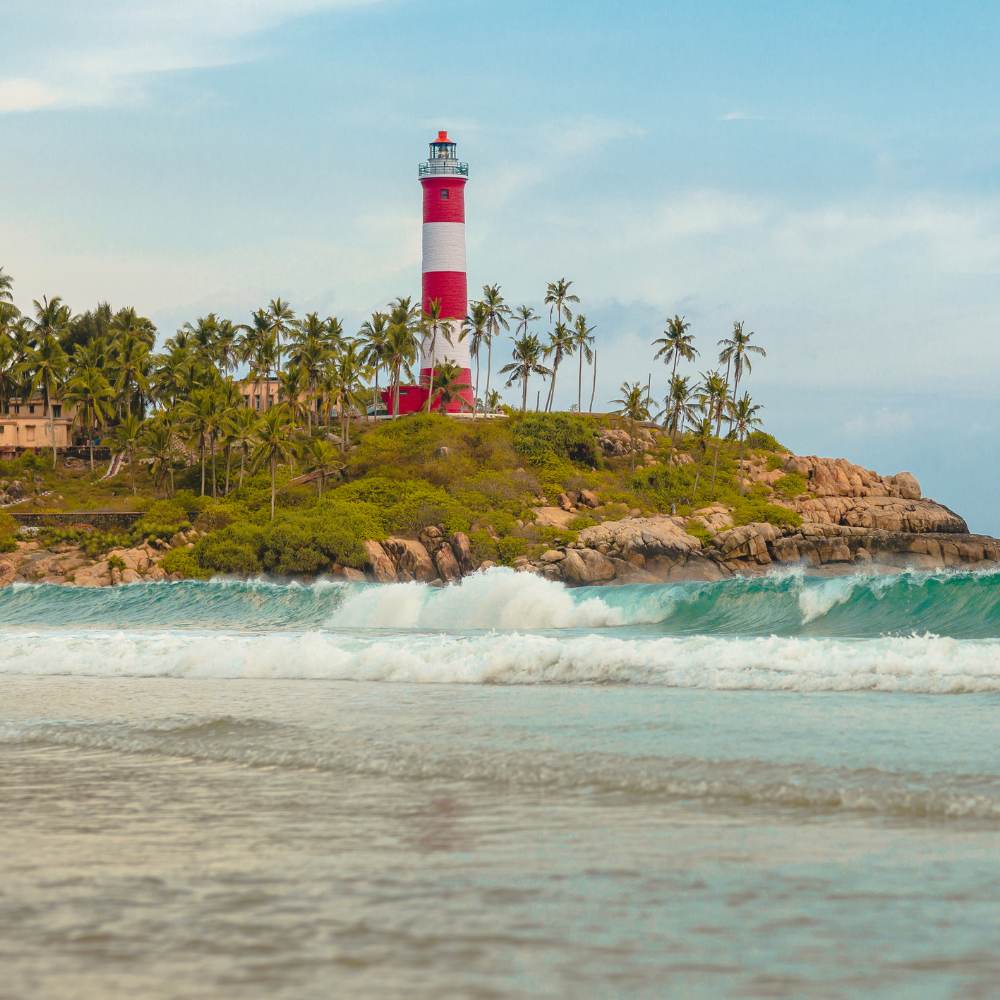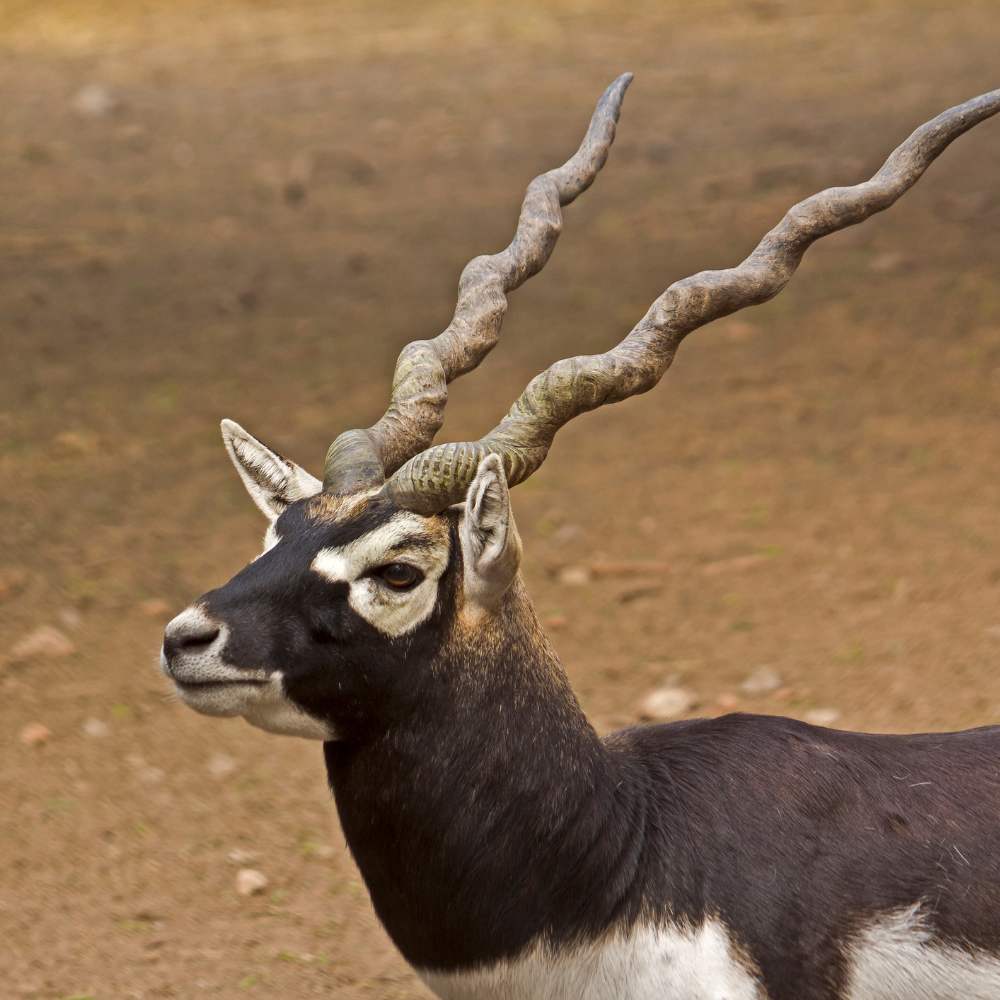Very few monuments in architectural history have captured the imagination, like the Pancha Rathas of Mahabalipuram. These ancient structures on the sun-drenched coast of Tamil Nadu are more than engineered marvels; they represent profound expressions of the artistic vision of an entire civilization. Meticulously carved from single granite blocks, these five monolithic towers stand as a testament to the genius of the Pallava Dynasty that ruled over South India during the 7th century AD.
The Pancha Rathas are more than just temples or sculptures—they are narrative stones that have withstood the sands of time, narrating stories of faith, art, and history. Central to the idea of the Pancha Rathas is monolithic architecture, where entire buildings are chiseled out of a single block of stone.
This architectural wonder speaks volumes of the expertise possessed by the then-technical people and their firm commitment to their profession and religion. The carvings are of a mammoth scale, with intricate details not found anywhere in ancient architectural history. Each Ratha, named after characters from the Indian epic Mahabharata, is an individual hewn from a single rock, transforming raw stone into embodying spiritual and cultural values.
Historical Significance of Pancha Rathas
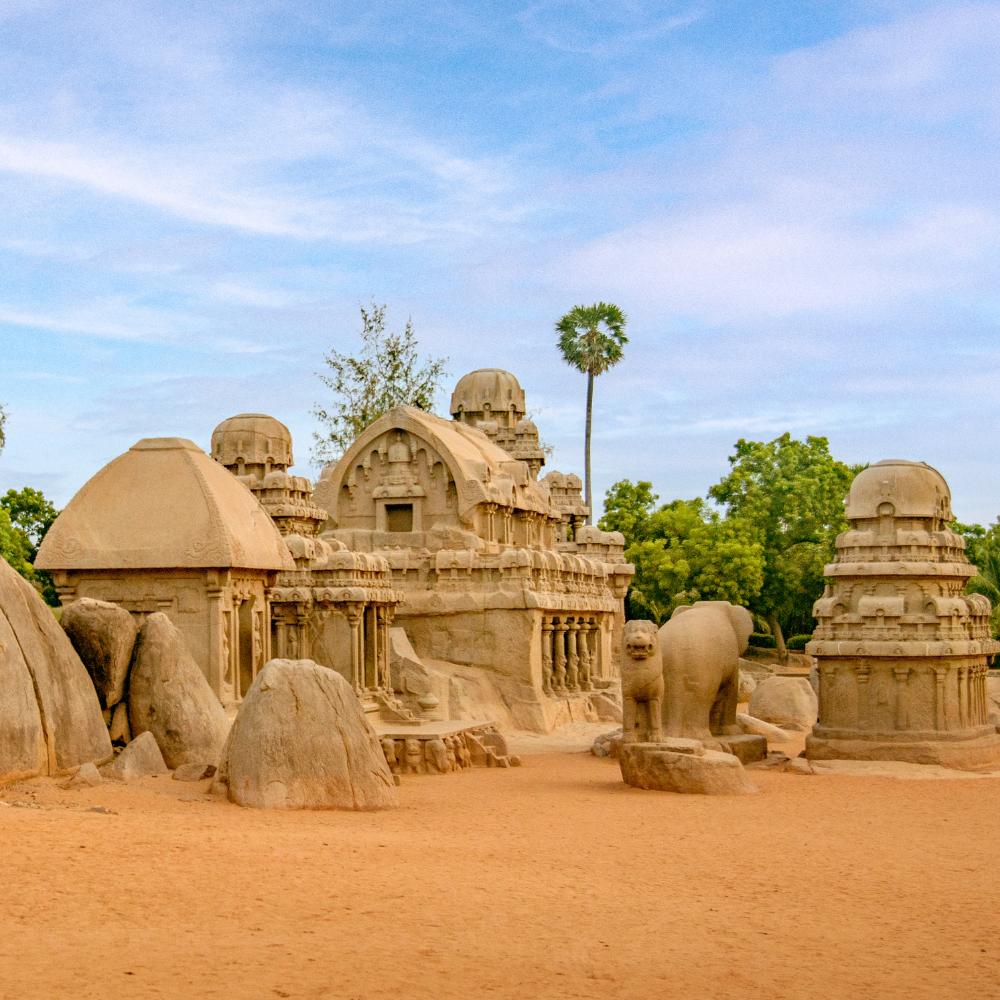
The historical significance of the Pancha Rathas is deeply intertwined with the reign of the Pallava kings. These single-block wonders were initially attributed to King Narasimhavarman I, the ruler responsible for patronizing the arts and making Mahabalipuram a hub of activity as a port city. According to recent archaeological research, these structures date back to the reign of his successor, Narasimhavarman II or Rajasimha.
This change of credit shows a constant heritage of Pallava rulers in the contribution of one's cultural legacy in this region and further afield, for that matter, because styles evolved with each reign.
Thus, these structures act as the bridge to the change of era in the artistic vision of the Pallava dynasty.
Architectural Diversity of Pancha Rathas
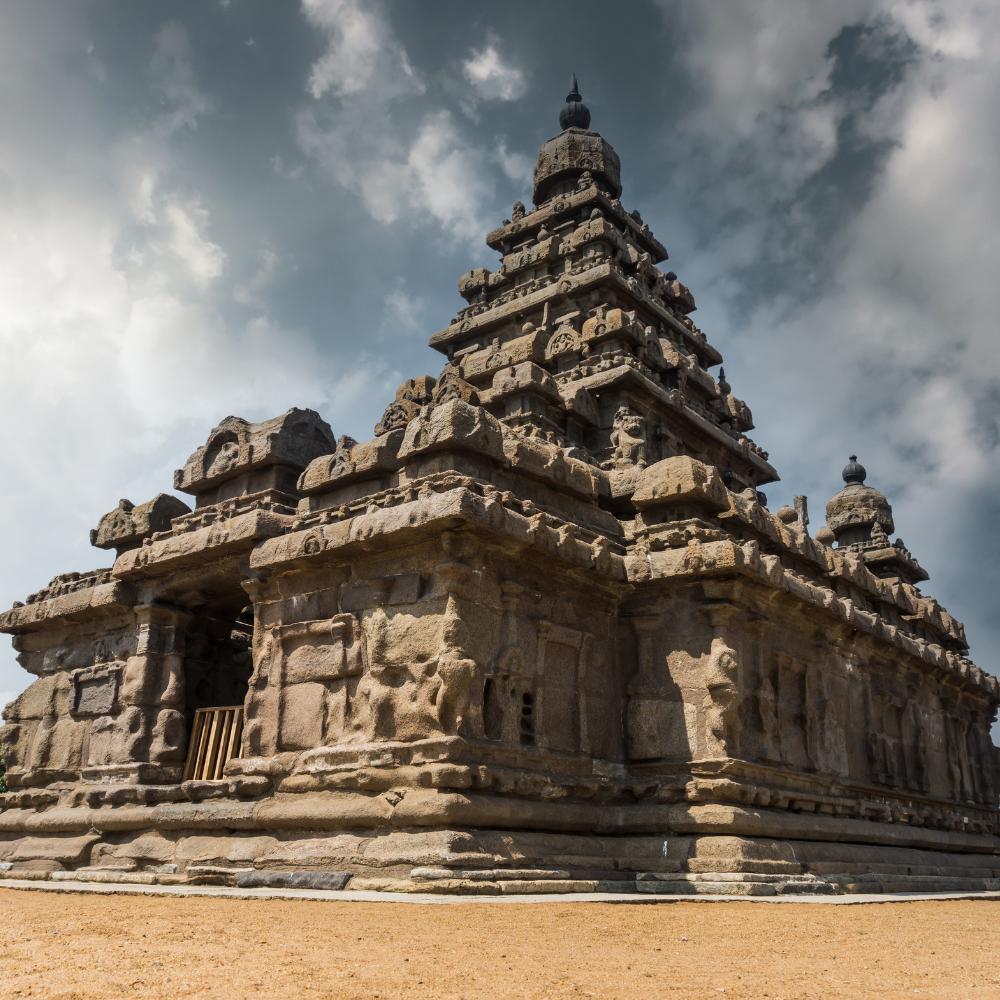
The Pancha Rathas are considered architecturally diverse monuments because each of the five rathas is unique and represents different styles and architectural experimentations. In these structures can be seen the deep engagement of Pallavas with various architectural traditions, which included influences from the Buddhist Viharas, which were the monasteries, and the Chaityas, which were the prayer halls.
This combination of styles demonstrates the Pallavas' creativity and openness to cultural differences.
1. Draupadi Ratha
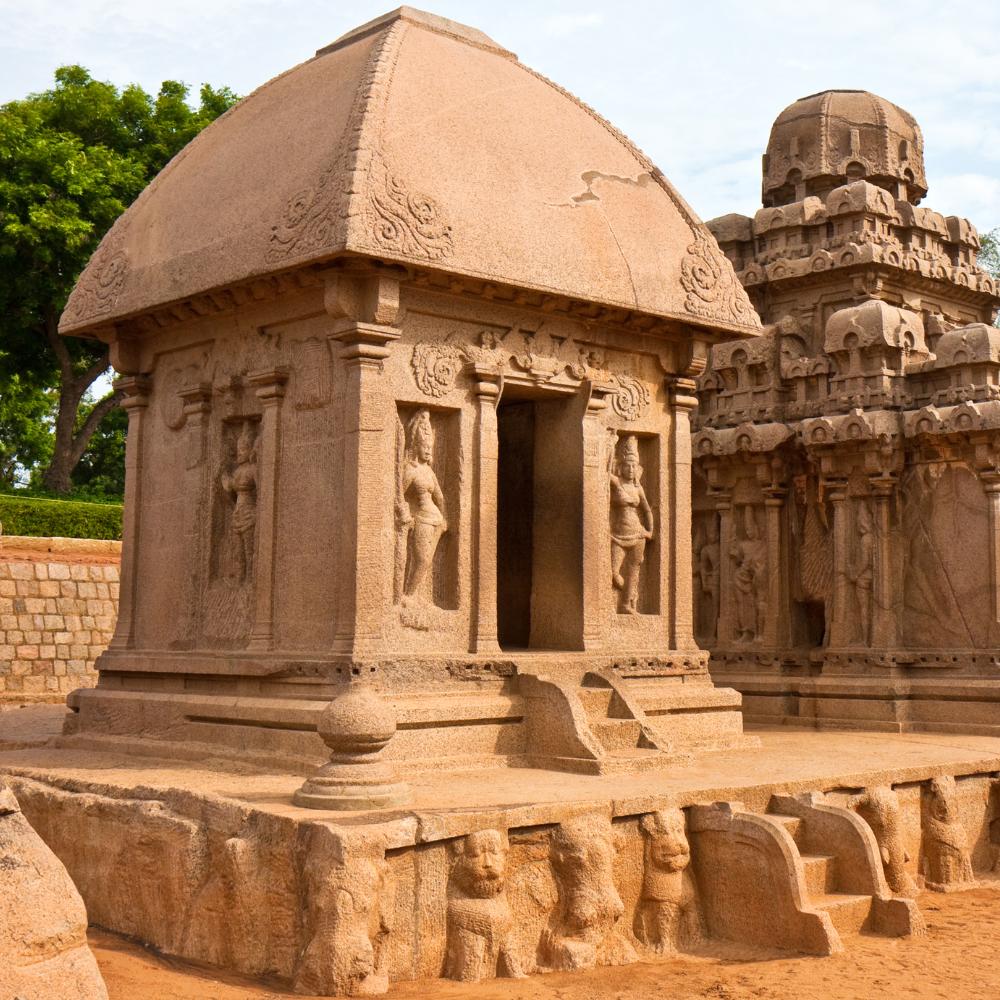
Draupadi Ratha is the smallest among all, linear and modest in structure. It stands by itself as a humble residence with humble and unattractive embellishments relative to other rates. Yet, for all its comparative simplicity, this ratha is a thing of quiet beauty, embodying the spirit of early Dravidian architectural genius.
2. Arjuna Ratha
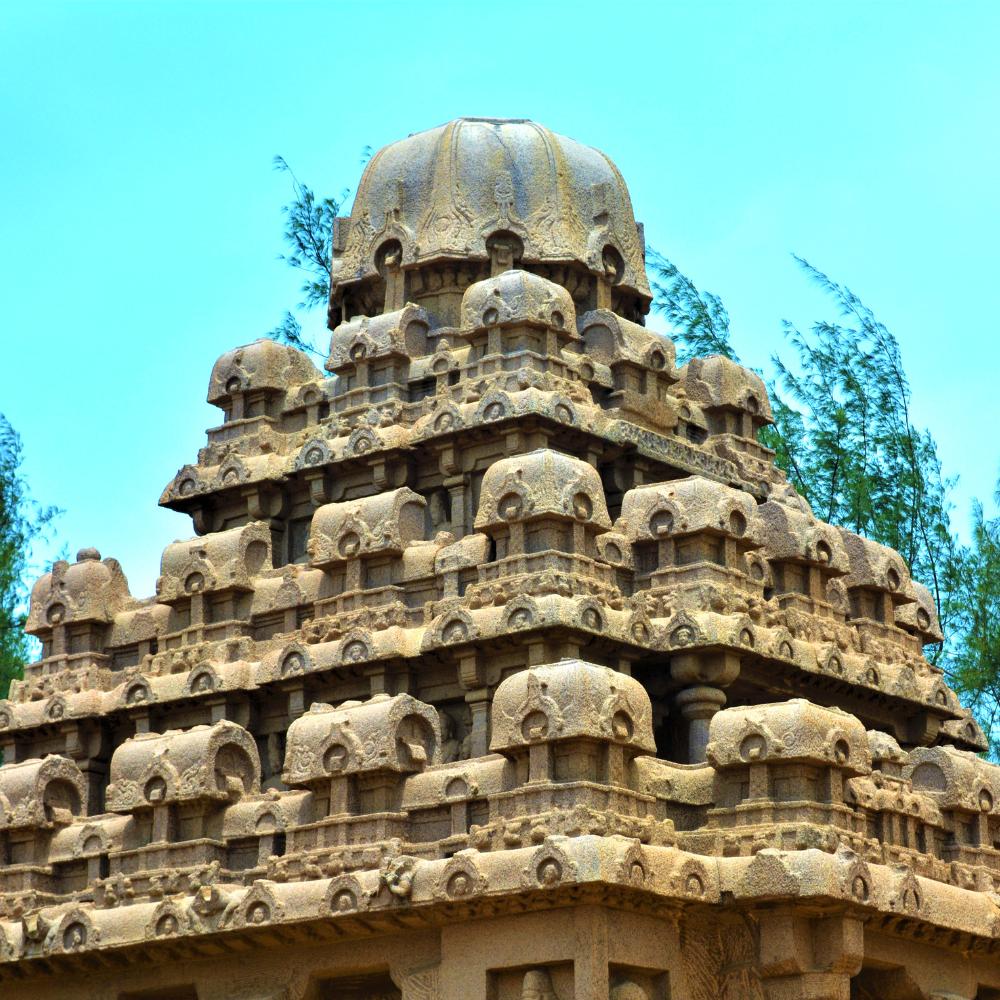
The Arjuna Ratha is an intricate design wonder with replete carvings and an upbuilt roof in the shape of a pyramid. On its facade are beautiful bas-reliefs of different gods and goddesses and other decorations, showing off the talent of the Pallava artisans in chiseling out complicated religious iconography from the rock.
The architectural style of the Arjuna Ratha is one of the forerunners of the far more complex temple structures, which were to become the hallmark of South Indian architecture.
3. Bhima Ratha
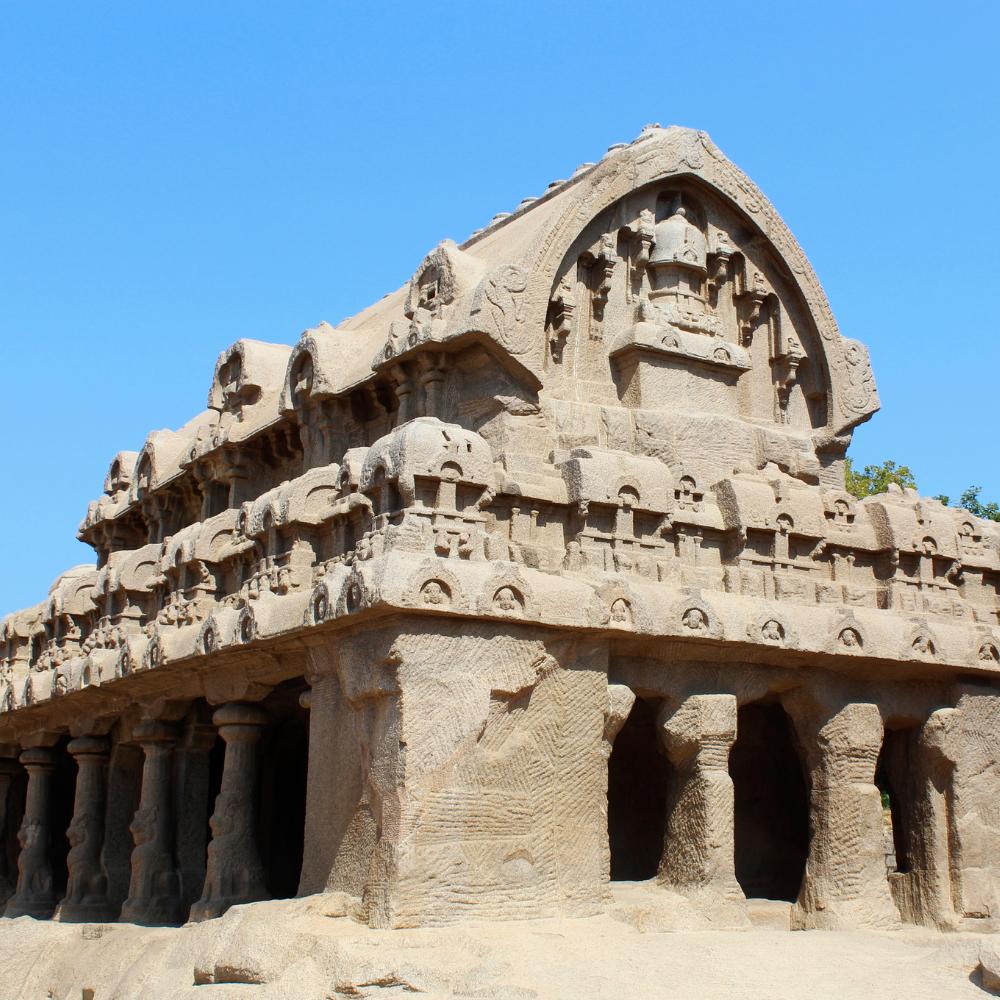
The Bhima Ratha can be regarded as the biggest among the Pancha Rathas, with its impressive massive barrel-vaulted roof. With grand proportions and a well-built design, this structure represents strength and stability.
The architectural style of the Bhima Ratha might have been a prototype for more enormous temple edifices in their quest to create monumental religious structures.
4. Dharmaraja Ratha
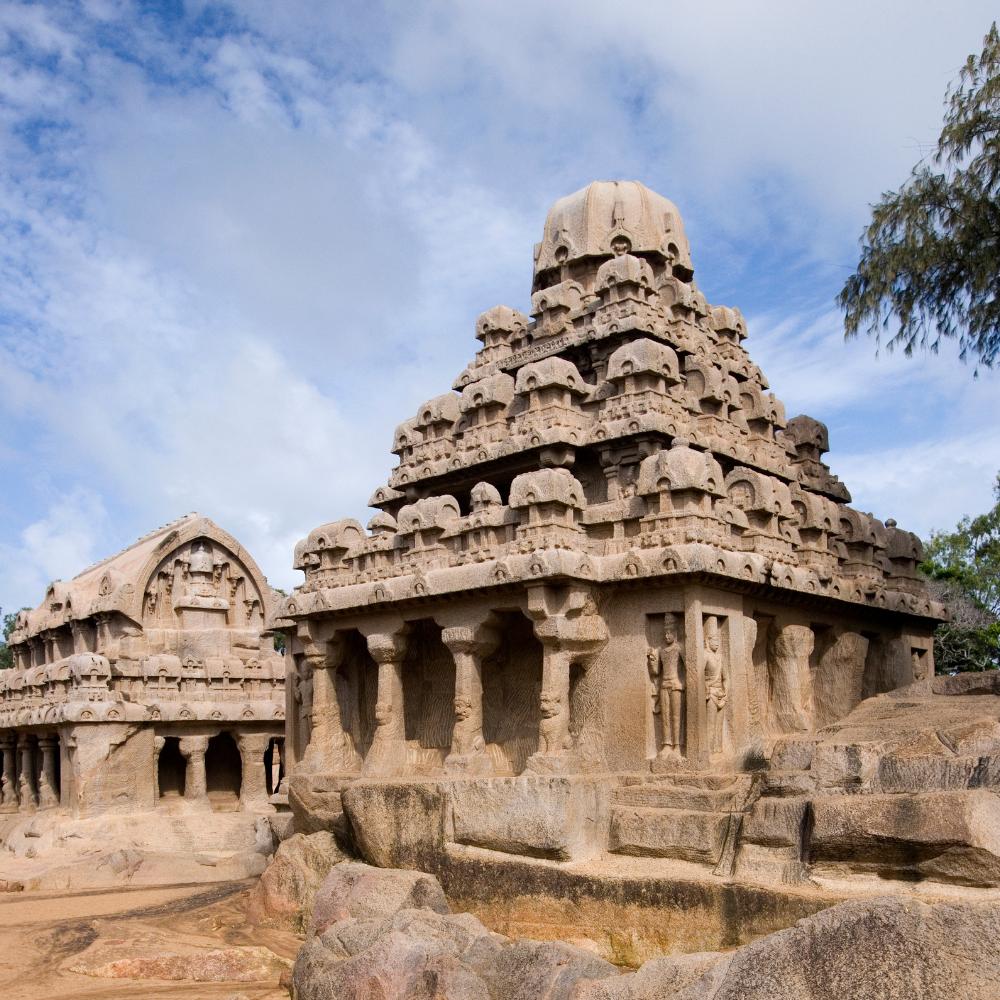
Among the Pancha Rathas, the Dharmaraja Ratha is the highest and is an exemplar of Pallava architectural innovation. The Ratha has a square base with a pyramidal top, which gives a sense of lofty dignity. It is said to be a precursor of the tiered temple towers, which are typical and characteristic of South Indian temple architecture today.
5. Nakula-Sahadeva Ratha
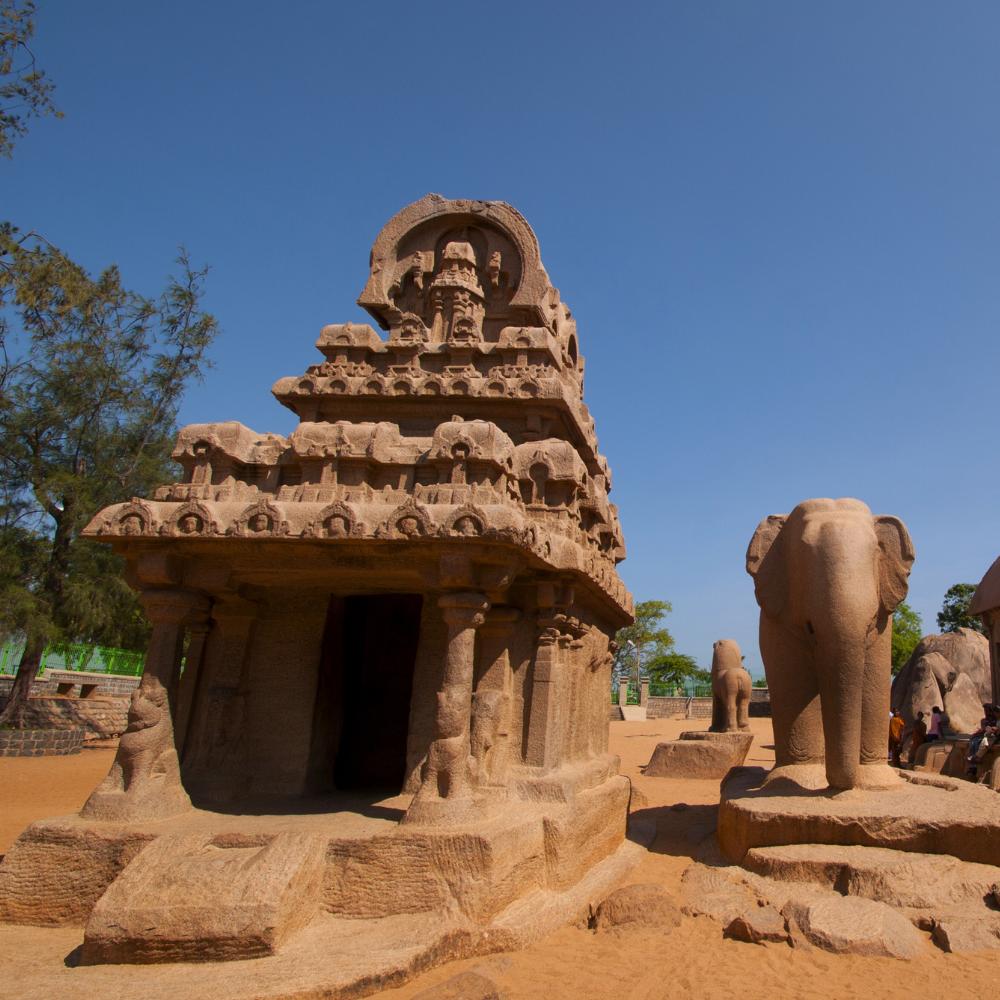
Among the Pancha Rathas, there is one called the Nakula-Sahadeva Ratha; it is double-structured, with a joint base, like the other rathas. The very same twin character after which the Ratha is named has been visualized architecturally. The design is unique in not portraying monotony like the rest of the rathas.
The making of the Nakula-Sahadeva Ratha is an example of how the Pallavas dared to experiment with their architectural forms and ideas.
Unfinished Structures
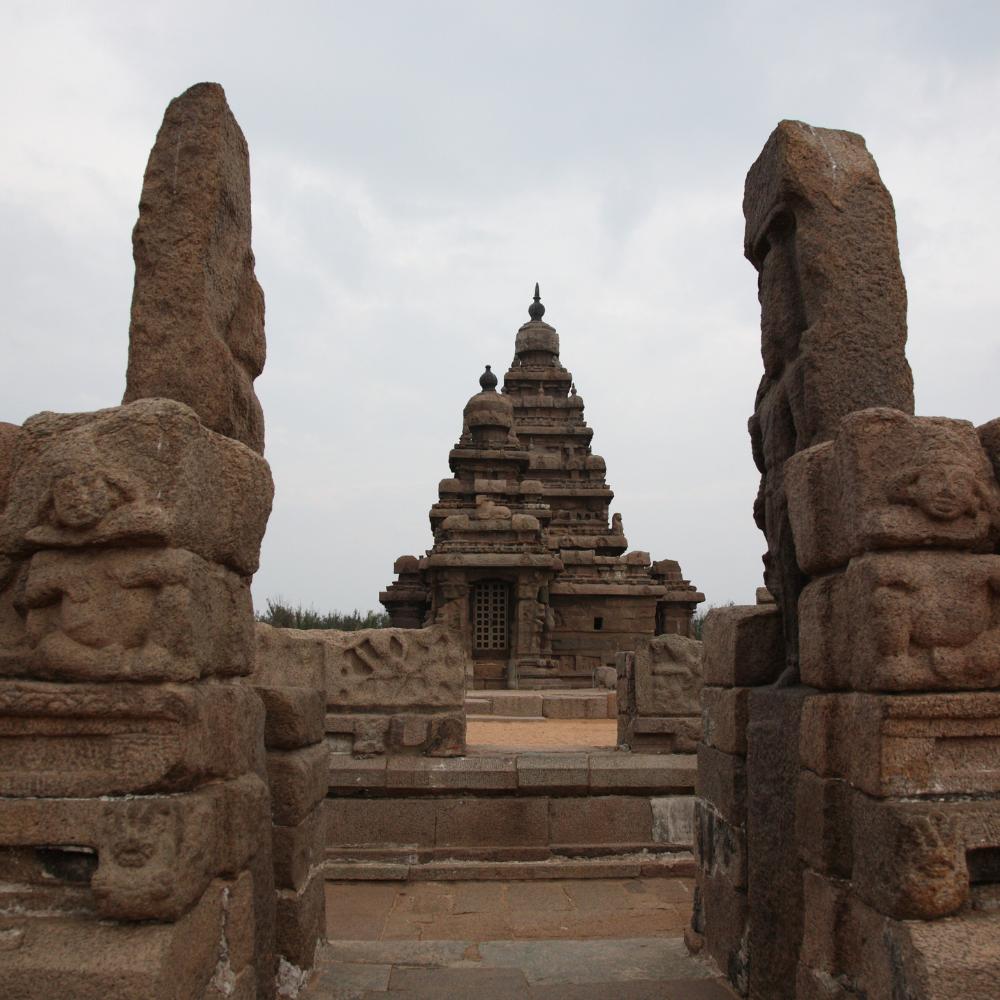
The unfinished nature of the Pancha Rathas makes the structures even more mysterious. Though the rathas are brilliant from an architectural point of view, they were neither completed nor consecrated for unknown reasons, though scholars have propounded various theories. It has also been speculated that they were prototype structures meant to act as architectural models for more permanent temples. Others believe they served as practice fields for architects and sculptors, sites in which to cut their teeth before embarking on more ambitious schemes.
The incomplete nature of the Pancha Rathas serves to stoke the imagination, forcing visitors to reflect on what caused the Pallava architects to cease construction and under which circumstances.
Cultural and Artistic Value
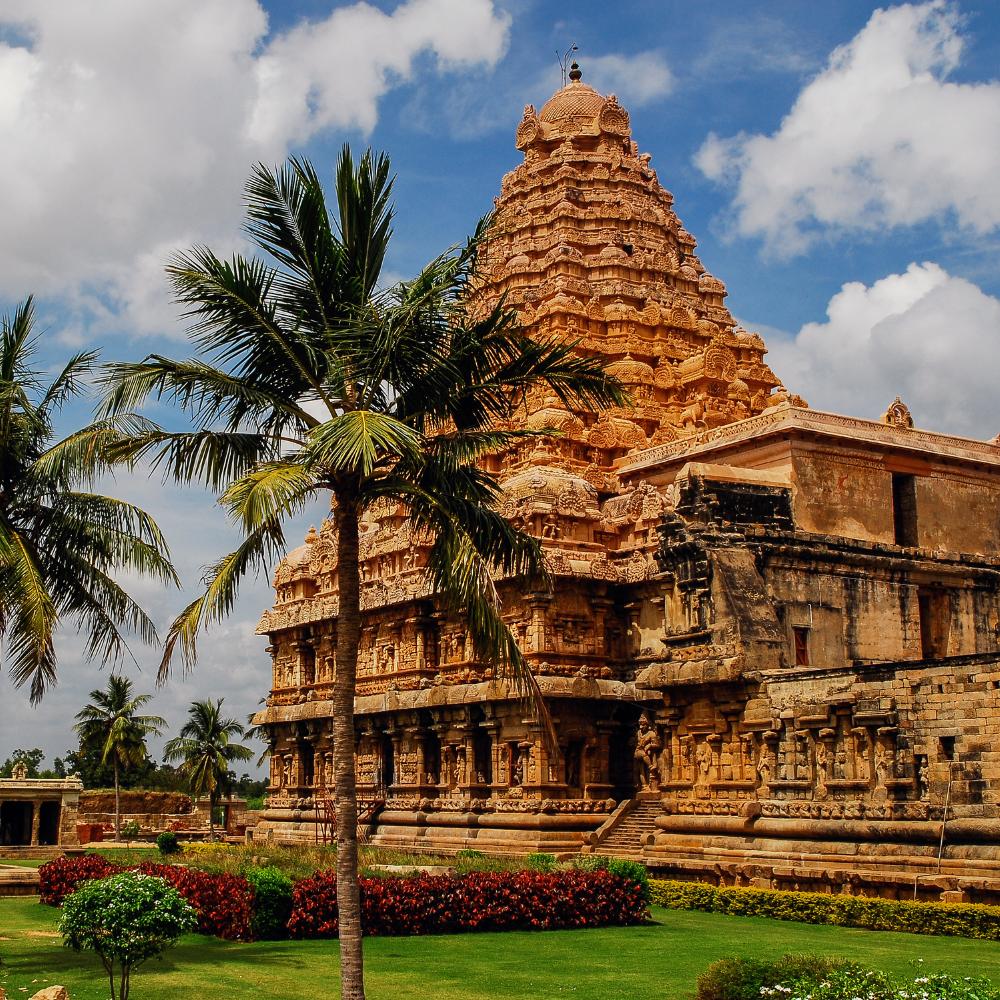
The cultural and artistic value of the Pancha Rathas is boundless. The monuments are significant because of the architectural innovation they incorporated and the lessons drawn from the initial development of Dravidian temple architecture. The Pancha Rathas represents a link in the chain of development of South Indian architecture, for here a group of rocks stands together with rock-cut cave temples of previous eras and the later grand stone temples that came to be the region's hallmark.
The intricate carvings and architectural forms in the Pancha Rathas reveal something about the religious and cultural life during the Pallava period and the insistence on artistic expression and spiritual devotion that the dynasty valued.
Today, the Pancha Rathas remains a significant cultural and historical landmark, attracting visitors worldwide who are interested in exploring Mahabalipuram's rich heritage.
Timings and Entry Fees of Pancha Rathas:
- Opening Timing: Daily from 6:00 am to 6:00 pm
- Entry fee: Per person is Rs.40 for Indian citizens and Rs. 600 for foreigners.
- Visit Duration: 2 hours to 3 hours
- Best Time To Visit: November to March
*check for any updates or changes in timings or fees before planning your visit.
Conclusion
The Pancha Rathas of Mahabalipuram are standing monuments of all times to the architectural and artistic genius of the Pallava dynasty. These monolithic structures, executed from one single granite block, comprise a collage of architectural styles and cultural influences in which the Pallavas were deeply involved with various traditions and their innovative spirit.
The Pancha Rathas have continued to be of great interest to scholars, historians, and tourists because they are incomplete and hold great value in learning the early developments of Dravidian temple architecture. These standing structures speak about the long-lasting legacy of the Pallava dynasty and their contribution to India's rich heritage, both in culture and architectural magnificence.
The Pancha Rathas do not represent relics of an ancient age; they stand as mute testimony to the imagination, skill, and vision of a race that has indelibly left its mark on the annals of South Indian history.
